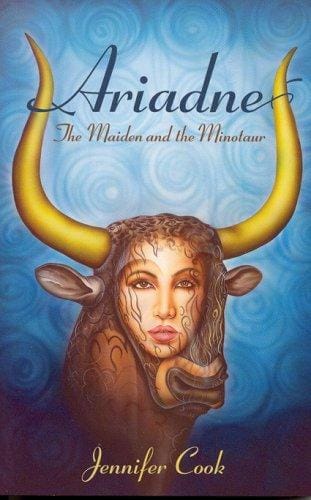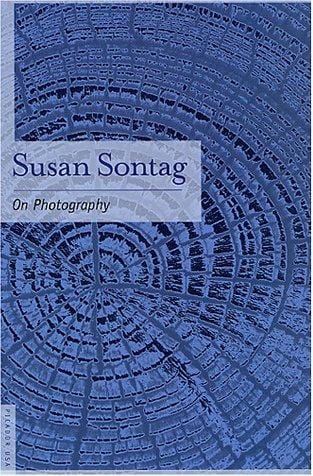Ariadne: Myth, Symbolism and Modern Legacy
Explore the myth of Ariadne, the Cretan princess who guided Theseus and became a timeless symbol of creativity, liberation, and new beginnings.

The Cretan Princess Who Changed the Hero’s Journey
Ariadne, daughter of King Minos and Queen Pasiphaë of Crete, stands at the crossroads of myth, religion, art and psychology. Her story begins in the shadow of the Labyrinth built by the master architect Daedalus to house the Minotaur. Yet it ends under the wide starlit sky of Dionysus, god of ecstasy and transformation. This dramatic arc gives Ariadne an uncommon narrative depth: she is at once helper, lover, cast-off exile and finally immortal bride. The richness of her myth makes her a perennial touchstone for scholars and creatives alike.
From Labyrinth to Liberation
Most readers meet Ariadne at the moment when Theseus, prince of Athens, arrives on Crete to be sacrificed to the Minotaur. Smitten by the newcomer, Ariadne decides to end the brutal tribute and betray her father’s designs. She gifts Theseus a sword and, more crucially, a simple ball of crimson wool. By tying one end to the entrance and unspooling it behind him, Theseus can trace his way back after slaying the beast. The image of the clew became so potent that it still lives in English idiom: we talk of a “clue” when we need a thread to guide us through confusion.
Yet Ariadne does more than hand over a tool; she rewrites the heroic template. Without her intelligence and courage, Theseus would be another nameless victim. In this sense, Ariadne is the original strategist, showcasing that brains, not brawn, are the sinews of deliverance.
Abandonment on Naxos and Divine Apotheosis
The couple flee Crete by sea, but the myth diverges in tone on the island of Naxos. One version tells of a fickle hero who deserts Ariadne while she sleeps. Another claims Athena commands Theseus to leave so Ariadne can fulfill a higher destiny. Whatever the cause, her despair is brief. Dionysus, attracted by her radiance, appears with his retinue of satyrs and maenads, lifts her into his chariot and crowns her with a diadem forged by Hephaestus. This crown, legend says, becomes the constellation Corona Borealis. Thus Ariadne transforms from mortal princess to cosmic goddess, a narrative pivot that speaks to renewal after loss.
Symbolic Threads: Feminine Intelligence and Creative Freedom
Psychologists from Freud to Jung have mined Ariadne’s thread for symbolic meaning. The Labyrinth represents the subconscious, the Minotaur our inner monsters and Theseus the ego venturing inward. Ariadne is the anima, the creative intuition that offers the lifeline back to conscious integration. Feminist readings highlight her agency: she does not passively wait to be saved; she engineers escape. Her abandonment, followed by apotheosis, can be read as a parable of self-actualization—liberation that ultimately cannot be granted by another but emerges from within.
Ariadne in Art, Literature and Music
From ancient amphorae to Renaissance frescoes, Ariadne’s image adorns Western art. Titian’s Bacchus and Ariadne captures the instant Dionysus leaps from his leopard-drawn cart toward her, the sea foaming in vibrant blues. In literature, Ovid’s Heroides lends her a voice via an impassioned letter to the absent Theseus, while Jorge Luis Borges reimagines her as the ultimate key to the Labyrinth of language. Richard Strauss’s opera Ariadne auf Naxos turns her abandonment into a soaring meditation on artifice versus authenticity.
The consistency across centuries is striking: creators seize upon Ariadne’s liminality—poised between human and divine, betrayal and reunion, silence and song—as fertile ground for innovation.
Modern Resonance: Psychology, Pop Culture and Brand Names
Today, “Ariadne” titles everything from biotech startups searching for cures to software that maps complex data sets. The metaphor is irresistible: a thread that guides users through tangled information. In contemporary fiction, authors like Jennifer Saint and Madeline Miller re-center the myth around female perspective, while television series employ labyrinthine storylines that reward audiences with an Ariadne-like revelation at the climax.
Even fashion designers have invoked her name for spring lines celebrating nets, knots and woven motifs—proof that the thread still loops through our collective imagination.
Travel Tip: Walking in Ariadne’s Footsteps
For travelers, Crete and the Cycladic island of Naxos offer immersive ways to engage with the myth. The archaeological site of Knossos, eight kilometers south of Heraklion, houses vivid frescoes of bull-leaping and double-headed axes that evoke Minos’s palace. Local guides often recount Ariadne’s intervention as they lead visitors through storied corridors. On Naxos, venture to the Portara, a massive marble doorway on a promontory said to be an unfinished temple to Apollo. At sunset, the view recalls the moment Dionysus claimed his bride amid violet skies.
Lessons for the Digital Age
In an era overwhelmed by data mazes, Ariadne’s narrative offers both caution and counsel. First, complexity is inevitable; the Labyrinth exists. Second, tools alone—whether algorithms or swords—are insufficient without the guiding intuition that she embodies. Finally, the promise of transformation lies beyond fear: confronting the Minotaur yields growth, and abandonment can precede reinvention. These lessons resonate in leadership seminars, UX design workshops and mental health therapy, underscoring her myth’s practical relevance.
Conclusion: The Continuing Thread
Ariadne endures because she is polyvalent: strategist, lover, exile, goddess. Her thread stitches together bravery, intellect and renewal, reminding us that guidance often arrives from voices that patriarchy sidelines. In following her yarn through ancient corridors and contemporary mindscapes, we not only decode a myth but also discover a personal compass. The next time you face a labyrinthine challenge, ask yourself: where is your Ariadne, and what crimson thread will lead you home?



